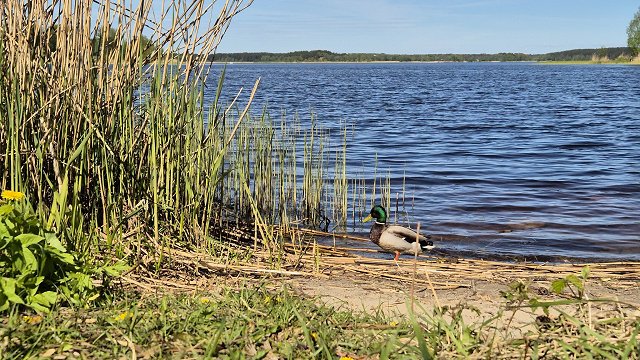The Greening Plan will cover the whole of Riga, not just the development of a particular place or neighborhood. Other European cities have already started, the council said. The European Union's 2030 Biodiversity Strategy requires cities with more than 20,000 inhabitants to develop urban greening plans. Rīga's goal is to adapt to climate change.
It should be noted that Riga has not even started to develop this plan yet. The Housing and Environment Committee gave the green light on Tuesday and the Urban Development Committee last year. The final decision is still to be taken at next week's Riga City Council meeting.
The task is for the municipality to have the plan in place by the end of summer 2026. Then the specific plans of what the municipality is going to do will be known, said Janis Ušča, head of the council's sectoral policy planning department.
"Tree and shrub planting, additional bed creation. Targeted look at how we can promote the development and maintenance of green spaces, including on private property. These can be different types of solutions, both as individual projects that the municipality implements on its own territory, but also as support instruments, where we encourage the public and the owners of buildings and territories through various support mechanisms to create and develop green infrastructure on their own territory, thus improving both the microclimate locally and the overall environmental quality of the city," explained Ušča.
In addition to the Greening of Riga pilot project on Tērbatas Street, the municipality plans to introduce some green elements, such as greened building walls, in the next few years. This could be a glimpse of how Riga as a whole is going to develop.
The greening plan is due to come into force in 2027, with implementation by the end of 2031. The municipality's main focus is Riga's historic center. The cost could be several million euros.




























